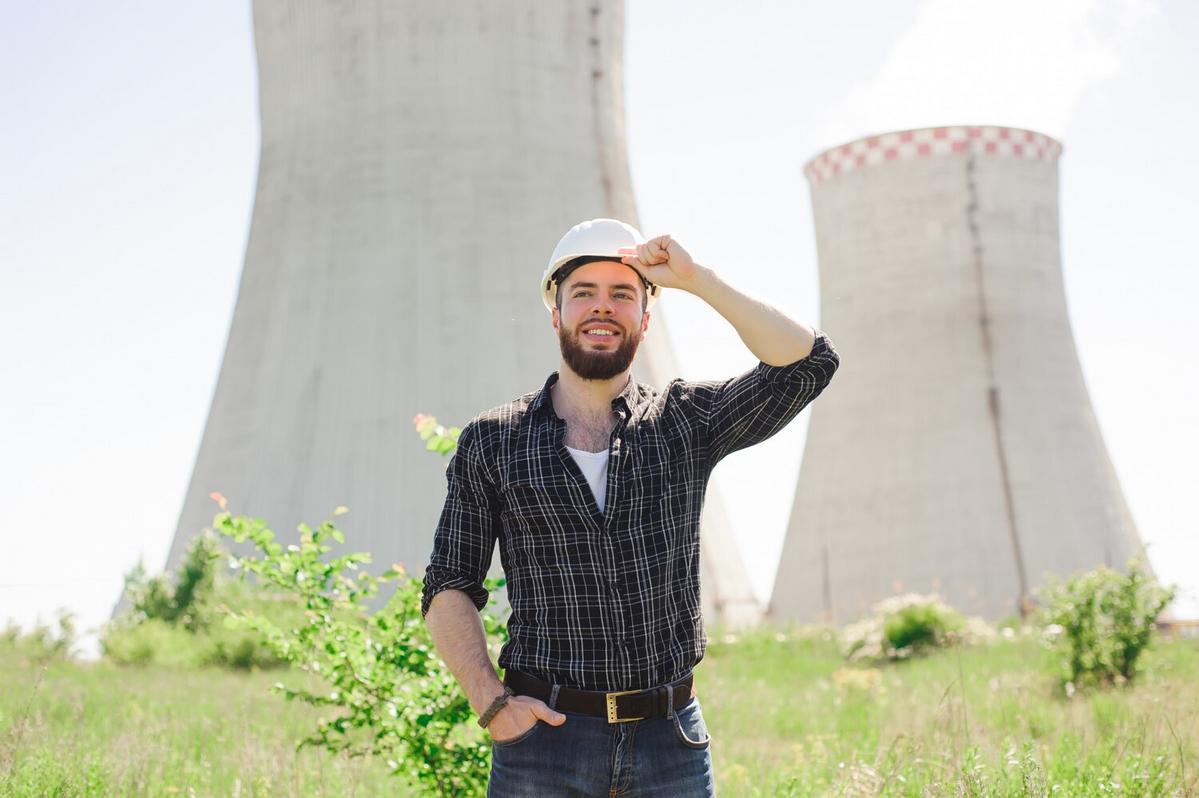
Geothermal Energy: Unlocking Earth’s Heat
As the quest for sustainable energy sources intensifies, geothermal energy is emerging as a powerful contender, harnessing the Earth’s natural heat to provide a reliable and eco-friendly alternative.
Geothermal energy, derived from the Earth’s internal heat, is a renewable resource with immense potential. Unlike solar or wind energy, it provides a constant and predictable power supply, making it a valuable asset in the transition to greener energy systems.
Understanding Geothermal Energy
Geothermal energy originates from the radioactive decay of materials within the Earth’s core, a process that generates substantial heat. This heat can be tapped into via geothermal power plants, which convert the Earth’s thermal energy into electricity.
Expert Insights
According to the International Renewable Energy Agency (IRENA), geothermal energy could potentially supply approximately 10% of the world’s electricity by 2050. Experts highlight its minimal carbon footprint and capacity for base-load power generation as key advantages.
Statistics and Research
Currently, the United States leads in geothermal electricity production, with over 3.7 gigawatts installed capacity. A report by the Geothermal Energy Association indicates that geothermal plants operate at a high capacity factor of 74.5%, outperforming solar and wind energy systems.
Personal Anecdote
Imagine living in Iceland, a country where geothermal energy heats around 90% of homes. This widespread utilization not only showcases geothermal energy’s practicality but also its potential to transform energy systems globally.
Advantages of Geothermal Energy
| Advantage | Description |
|---|---|
| Renewable | Constantly replenished by the Earth’s heat. |
| Reliable | Offers a stable power supply, regardless of weather conditions. |
| Sustainable | Produces minimal greenhouse gases. |
| Efficient | High capacity factor compared to other renewables. |
| Local | Reduces dependence on imported fuels. |
| Scalable | Suitable for both large-scale and residential use. |
| Long Lifespan | Geothermal plants often operate for decades with low maintenance. |
| Job Creation | Supports local economies through job opportunities. |
Challenges and Considerations
While geothermal energy offers numerous benefits, it is not without challenges. Initial costs for drilling and exploration can be high, and suitable sites are geographically limited. However, with technological advancements, these hurdles are gradually being overcome.
Consider exploring local incentives for geothermal installations, as many governments offer financial support to encourage renewable energy adoption.
Actionable Steps for Adoption
- Assess your geographical location for geothermal potential.
- Consult with geothermal energy experts to understand the feasibility and costs.
- Explore government grants or tax incentives for renewable energy projects.
- Consider a hybrid system that combines geothermal with other renewable sources for optimal efficiency.
Frequently Asked Questions
What is geothermal energy?
Geothermal energy is the heat derived from the Earth’s interior, used for electricity generation and direct heating applications.
How does a geothermal power plant work?
A geothermal power plant extracts heat from deep within the Earth to produce steam, which drives turbines to generate electricity.
Is geothermal energy sustainable?
Yes, geothermal energy is sustainable as it relies on the Earth’s natural heat, which is continuously replenished.
What are the environmental impacts of geothermal energy?
Geothermal energy has a low environmental impact, producing minimal emissions and requiring less land compared to other energy sources.
Conclusion
Geothermal energy presents a promising path toward a sustainable future. By leveraging the Earth’s heat, we can reduce our carbon footprint and ensure a stable energy supply for generations to come. As technology progresses, the accessibility and efficiency of geothermal energy are poised to increase, making it a viable option for a greener tomorrow.


